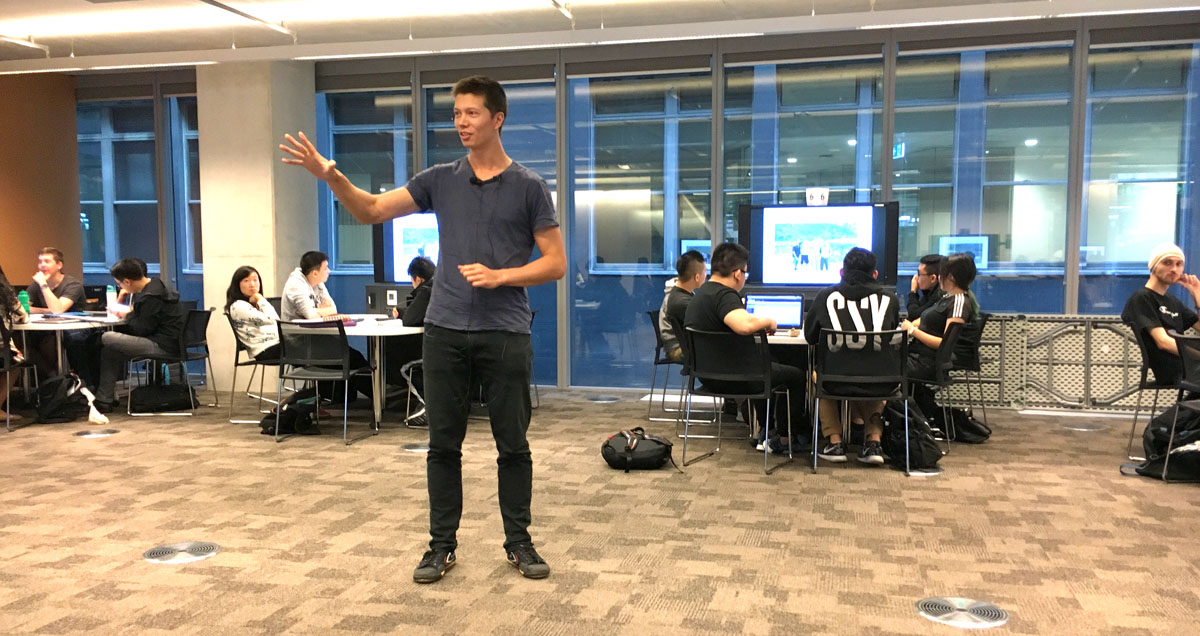
Our strategy director, James, recently returned to Sydney’s University of Technology to teach a budding young class on how to MVP. A Minimum Viable Product, or MVP, is the most agile way to validate an app or service idea you have. A great MVP will pull together the basic idea or premise and validate it with the target audience, meaning it’s awesome for app development or rolling out new digital products for your brand. For those that may not know, James graduated from the UTS in 2009 with honors, winning the coveted UTS University Medal.
The power of the MVP
In the fast paced, digital landscape that all consumers live in, the old premise of building a product from start to end, hoping that it’ll satisfy the needs of the customer is dead. These days, fast feedback is vital to building a product that your customers will not only want to use, but will also be affordable and efficient to develop into the future.
When Eric Ries, author of the famous The Lean Startup, first used the term, he described it as this:
A Minimum Viable Product is that version of a new product which allows a team to collect the maximum amount of validated learning about customers with the least effort.
Since then it has been simplified further to “the smallest thing you can build that lets you quickly make it around the build/measure/learn loop”. This is exactly where many new startups or businesses fall flat and fail, they do not appreciate the enormous risk involved in ‘building a motorcycle’ without learning how their customers like to ride a bike first.
The success of many apps and digital products can be contributed to the desire of the creators to get out there and learn about what their customers need, and not simply guess what they want. This vital feedback is the quickest way to validate whether your idea will solve real problems, or whether it’s just another guess. Your feedback can be collected in many ways:
- Surveys
- Email lists
- Crowdfunding
- Prototyping
- Pitching to investors or customers

It’s essential to teach the MVP
The next generation of developers graduating from University will have lived exclusively in the internet age. These millennials are acclimatised to hourly news cycles, own a prosumer mindset and have shorter attention spans. But one powerful asset they have is their insatiable need for content and information at any time of the day.
Teaching them the power of the MVP will contribute to delivering more apps and services, at a faster pace, to the market. Whereas an app or service took 6 months to build and go through user testing in 2010, in 2020 the timeframe could be as low as a few days. The power this can deliver for brands is immense.
James’ presentation notes are in the slideshare below. If you have an idea which you’d like to MVP, get in touch with our team today.

